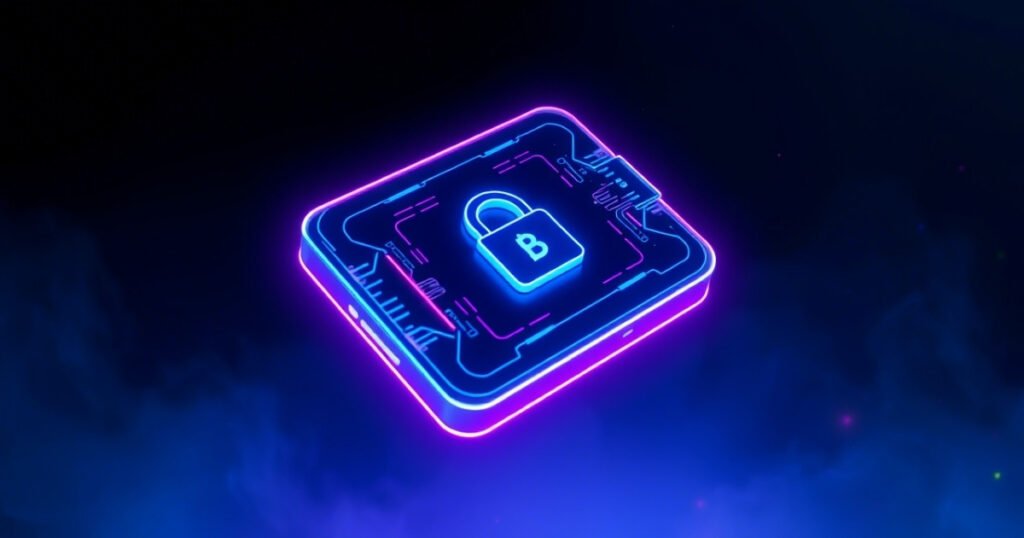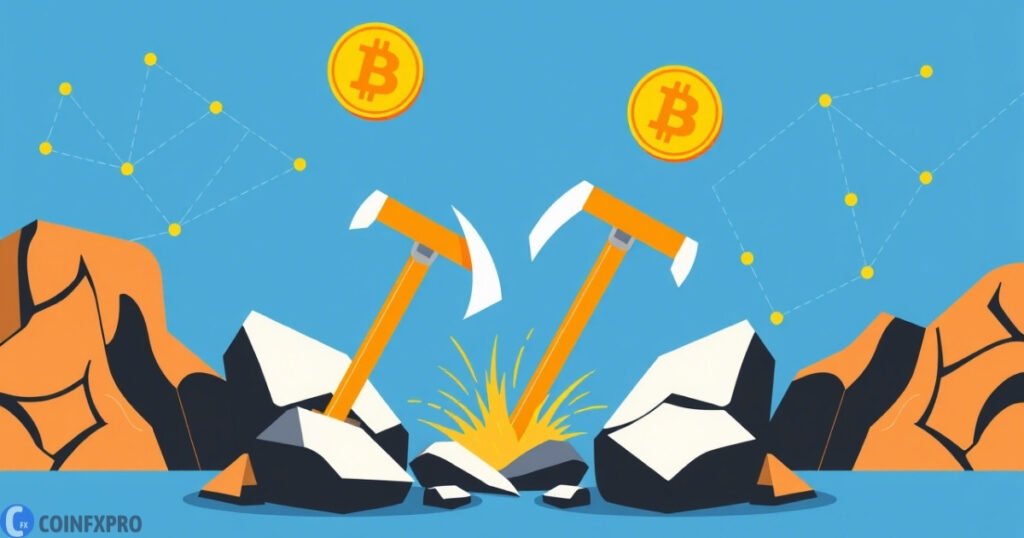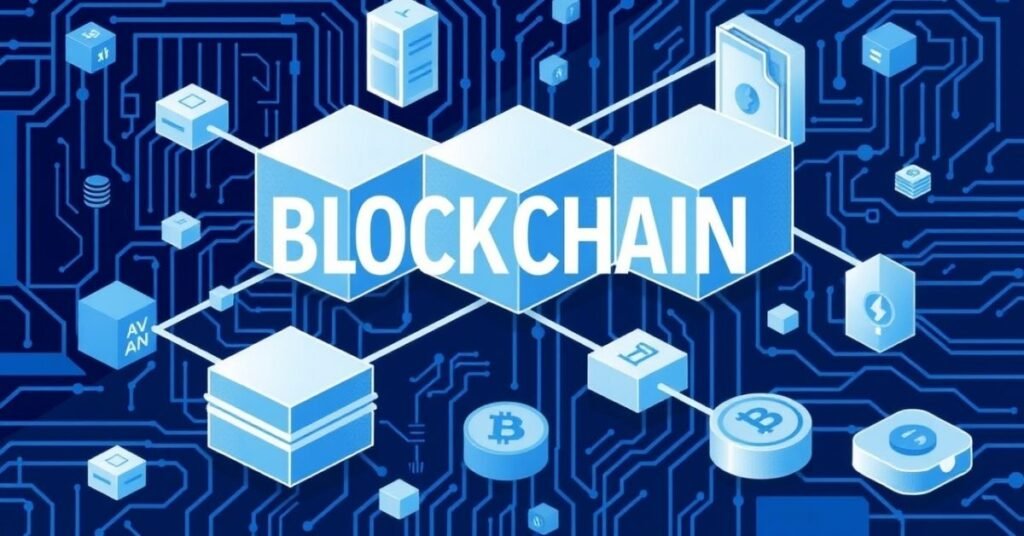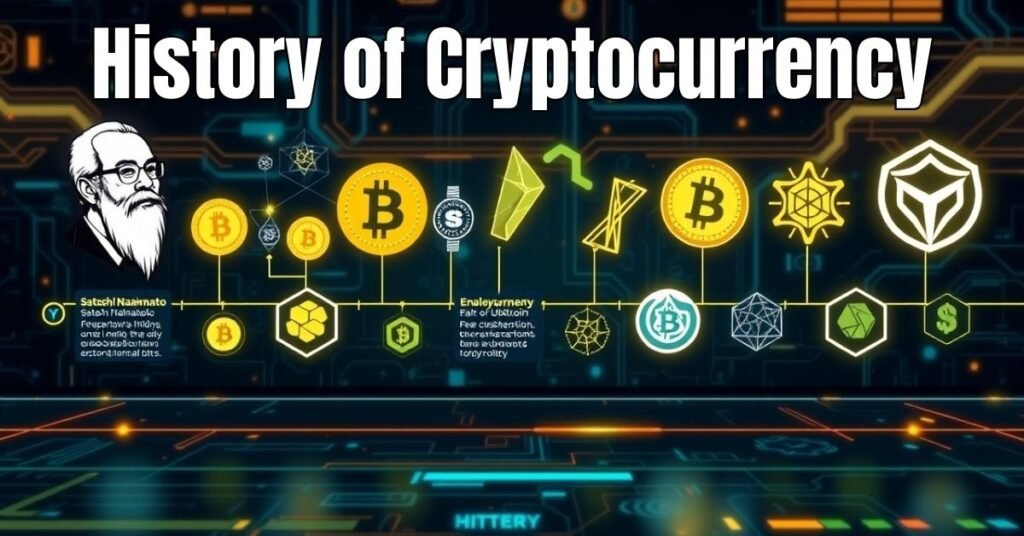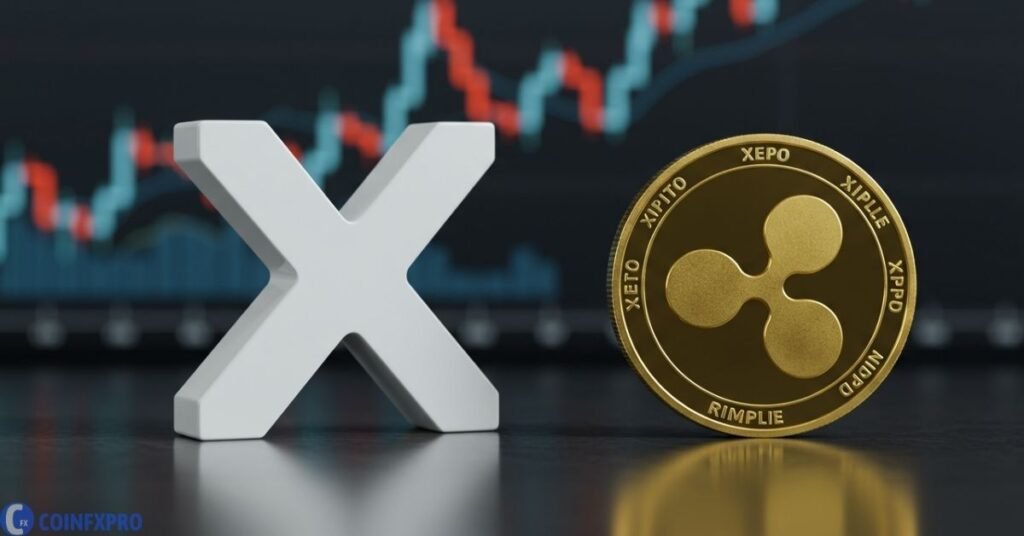Table of contents
- 1 Fair Launch: An In-Depth Look at Equitable Crypto Distribution
Fair Launch: An In-Depth Look at Equitable Crypto Distribution
In the dynamic world of cryptocurrency and blockchain technology, the idea of a fair launch is incredibly important. This approach aims to create equal opportunities for everyone involved, which is very different from traditional Initial Coin Offerings (ICOs) and private sales. These traditional methods often give an unfair advantage to early investors and insiders. A fair launch makes sure that no single person or group has an unfair advantage, promoting a more democratic and inclusive crypto system. This article will thoroughly explore fair launches, covering their mechanisms, benefits, and real-life examples. We’ll also include statistics and detailed analysis to provide a comprehensive view. By understanding these aspects, you’ll gain valuable insights into the importance of fair launches in the crypto world.
Understanding Fair Launches
Essentially, a fair launch is designed to give every participant an equal chance to get a project’s tokens. This method focuses on decentralization and community involvement, marking a significant change from models that often favor early investors. For example, in traditional ICOs, a large portion of tokens are frequently given to venture capitalists and early investors at lower prices. This puts regular investors at a disadvantage. A study by the Blockchain Transparency Institute showed that over 70% of ICOs between 2017 and 2018 had a pre-sale component. Early investors often made big profits while the wider community was left behind. The main aim of a fair launch is to ensure that everyone, no matter their background or investment size, can participate in the project from the start, creating a strong and dedicated community.
A fair launch is a token distribution model that prioritizes equal opportunity for all participants. It avoids pre-allocation, private sales, and insider advantages, focusing instead on community involvement, decentralization, and transparency to foster a more sustainable and equitable blockchain ecosystem.
Key Characteristics of a Fair Launch
Several key characteristics define a token launch as a fair launch:
- No Pre-Allocation to Insiders: Unlike traditional ICOs and private sales, a fair launch reduces or eliminates pre-allocation. This ensures that most tokens are distributed during the launch, preventing unfair advantages. Data from Messari indicates that projects with pre-mined tokens often experience higher price fluctuations and lower long-term investor confidence.
- Public Announcement and Open Participation: Fair launches are announced publicly with clear rules, unlike private sales. All participants have equal access to important information. This transparency helps to build trust and reduces the chance of insider manipulation. A report by the Crypto Research Institute found that projects with clear communication channels and well-defined launch strategies tend to attract a more engaged and loyal community.
- No Presales: Fair launches do not include presales. This ensures that all tokens are released to the public at the same time. This avoids price differences and makes sure that everyone has an equal opportunity, unlike pre-sale participants who usually buy in at a lower price.
- Liquidity Provision: After the launch, liquidity is usually provided to decentralized exchanges (DEX). This helps facilitate open trading and prevents price manipulation. Providing initial liquidity is crucial for price stability, as a report from DeFi Pulse shows that projects with higher initial liquidity tend to have less volatility after launch.
- Community-Driven: Fair launches depend on the active involvement of the community and are thus community-driven. This creates a sense of ownership and commitment, which is essential for the long-term growth of the project. A study by the Web3 Foundation found that community involvement is directly linked to the success and longevity of blockchain projects.
The Mechanics of a Fair Launch
While the specific methods of a fair launch can vary, the main goal is always the same: to ensure equal opportunity for everyone. Here are some commonly used methods:
Liquidity Bootstrapping Pools (LBPs): LBPs work like auctions where the token’s initial price is high and decreases over time. This helps to prevent price spikes at launch. They allow the community to determine the fair price, leading to a more equitable distribution. This method is particularly good at preventing bot trading, making the launch fairer. Research by Balancer Labs shows that LBPs help to reduce price manipulation by allowing a more gradual price discovery process.
Direct to DEX listing: Projects list their token directly on a decentralized exchange with initial liquidity, often without any pre-sale. This makes the token instantly accessible to everyone. This method ensures that the token is available to anyone, regardless of their status. Data from CoinGecko shows that DEX listings can lead to more efficient and transparent price discovery for new tokens compared to centralized exchange listings.
Proof of Work (PoW): Tokens are distributed through mining. This promotes fair access by preventing any single entity from gaining an unfair advantage. Bitcoin is a prime example of a fair launch using PoW. Here, token distribution is tied to computational power, not financial status. This system ensures that tokens are distributed across a wide network of participants, enhancing decentralization. The initial distribution of Bitcoin led to a much more decentralized network than many subsequent ICOs, thanks to its fair launch mechanisms.
Proof of Stake (PoS): Tokens are distributed through staking rewards. This method works well for projects that have been running for some time and want to improve token distribution. It rewards participants who hold and stake their tokens. A report from Staking Rewards shows that PoS models often encourage stronger community engagement and can contribute to greater token stability.
Advantages of a Fair Launch
Compared to other token distribution methods, fair launches offer several advantages that ensure a project’s health and sustainability:
Community-Driven Growth
A fair launch creates a strong community from the start. Equal opportunities to get tokens lead to active participation in the project’s growth. This results in a dedicated user base, which is crucial for a sustainable ecosystem. Projects with a strong, early-stage community are much more likely to succeed long-term. The community can provide valuable feedback, assist with marketing, and help secure the network.
Greater Decentralization
By avoiding pre-allocations, a fair launch promotes a more decentralized distribution of tokens. This reduces the risk of large holders having too much power and is vital for the long-term health and governance of a decentralized system. Research by the Decentralization Foundation highlights that a more even token distribution leads to increased resilience and greater community participation in governance.
Reduced Risk of Price Manipulation
The absence of presales and early access helps reduce the risk of price manipulation. This lowers the chance of pump-and-dump schemes that can harm the market. Less manipulation benefits both the project and its users. According to an analysis by Chainalysis, tokens that undergo a fair launch are less prone to price manipulation than those distributed through ICOs with pre-sales.
Transparency
Fair launches are transparent, with clear rules and open participation. This builds trust within the community, which is essential for the project’s long-term success. This transparency helps to foster trust within the community, as participants can be confident that they are not at a disadvantage. Data from a study by the European Blockchain Observatory shows that transparency is a critical factor in user adoption and long-term success.
Equal Opportunity
A key advantage of a fair launch is providing equal opportunities. It levels the playing field and allows all participants to benefit from the project’s success. This inclusivity allows projects to attract a broader and more diverse user base, leading to more robust community engagement and long term sustainability.
Challenges of Fair Launches
Despite the many advantages, fair launches face certain challenges:
Potential for Bot Activity
Bot activity can still occur, potentially undermining the goals of a fair launch. Strategies such as captchas or rate limiting are used to counteract this. While mechanisms like Captchas and rate limiting can help reduce bot activity, they may not eliminate it completely and may present barriers to some legitimate users. According to research on bot activity in crypto launches, even with these mitigations, bot activity can still account for a percentage of initial token acquisitions.
Dependence on Community Participation
The success of a fair launch heavily depends on community engagement. Effective community outreach is crucial for attracting and maintaining an active user base. This presents the need for an effective marketing and community building strategy which can be challenging to implement successfully.
Marketing and Awareness
Projects using a fair launch may need to invest more in marketing since they lack pre-sales to create hype. A solid marketing strategy is critical for success. Traditional ICOs can use their pre-sale to generate substantial hype and funding, which is not the case for fair launch projects, requiring more creative and organic marketing efforts.
Initial Price Volatility
The initial phase can involve high price volatility due to the lack of pre-set prices, which can be challenging for new participants, but it also assists in price discovery. New participants should exercise caution. Data from various crypto exchanges indicates that projects with fair launches often show very high price volatility in the early hours. New participants are advised to exercise caution and do their due diligence.
Examples of Fair Launches
To further illustrate fair launches, let’s examine some notable examples:
Bitcoin
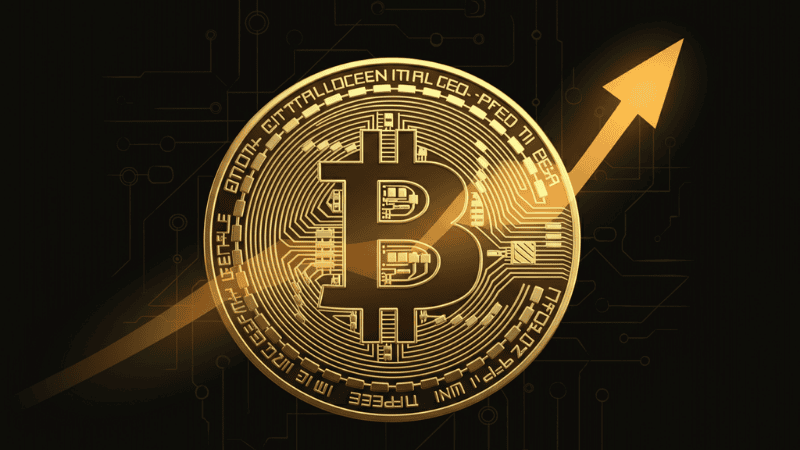
Bitcoin, launched with no pre-mine or pre-allocation, is widely seen as the first successful example of a fair launch. Tokens were distributed through mining, a PoW mechanism, making it accessible to anyone with the technical skills. This approach has become a gold standard for token distribution. Bitcoin’s original distribution was not only decentralized but also transparent, making it a great model for the industry.
YFI (Yearn.Finance)
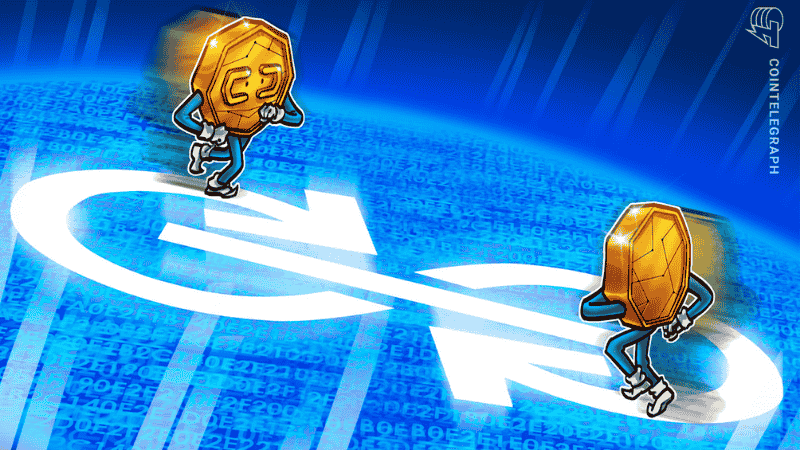
Image: Cointelegraph
YFI launched without any presale or pre-allocation to investors, founders, or the team. Tokens were earned by providing liquidity, creating a strong community. YFI’s launch has inspired other projects looking for fair distribution models and has pioneered the idea of earned, not pre-allocated tokens. The community-led nature of YFI contributed significantly to its long term success and influence on DeFi.
Projects such as Uniswap and Curve have also launched using a fair launch approach, emphasizing community distribution and decentralized governance. This proves its successful implementation across various decentralized applications. These projects have shown that fair launches are not just a theoretical ideal but a practical model for distributing governance tokens and fostering community ownership.
The Future of Fair Launches
As the crypto space matures, the idea of a fair launch is becoming more popular as more people see the need for equitable token distribution. Driven by a desire for community involvement and transparency, it’s likely that more projects will adopt fair launch models, possibly with more complex mechanisms. These launches play a key role in promoting decentralization and community ownership and may be a key driver of growth for blockchain technology. With growing regulatory scrutiny and increased awareness of the drawbacks of centralized and unfair token distribution, the fair launch may become the new standard. As users and regulators push for equitable practices, fair launches could become the standard.
Comparison Table: Fair Launch vs. Traditional ICO
| Feature | Fair Launch | Traditional ICO |
|---|---|---|
| Pre-Allocation | Minimal or None | Significant allocation to insiders |
| Presales | No Presales | Typically have presales or private rounds |
| Transparency | High transparency with public rules | Often lacks transparency |
| Community | Community-driven | Less focus on community participation |
| Price Manipulation Risk | Lower risk | Higher risk |
| Equal Opportunity | Equal opportunities for all | Unequal opportunity, early investors get advantage |
Conclusion
A fair launch is a crucial step towards equitable distribution and fostering community-driven projects in the crypto space. By providing equal opportunities, they aim to create more decentralized, transparent, and sustainable ecosystems. Despite the challenges, the advantages of a fair launch are significant and cannot be overlooked. Fair launch mechanisms can significantly improve community involvement and build sustainable token economies, leading to more robust and transparent systems. As the crypto industry grows, fair launches will play an increasingly vital role in shaping the future of blockchain technology.
Ultimately, fair launches represent the values and principles driving the next wave of innovation in the crypto space. By embracing equity and decentralization, fair launches are paving the way for a more inclusive and community-driven future for blockchain technology and could very well be the future of crypto. The movement towards equitable token distribution is essential for the long-term health and sustainability of the crypto ecosystem, and the fair launch model is one of the best mechanisms to achieve this goal.
Call to Action
Now that you’re equipped with a thorough understanding of fair launches, it’s time to get involved! Whether you’re a developer, investor, or simply a crypto enthusiast, there are several ways to make a difference:
- Support Fair Launch Projects: Look for projects that prioritize equitable token distribution and community involvement.
- Educate Others: Share your knowledge about fair launches with your network and encourage greater adoption of these models.
- Participate in Governance: Engage in governance processes to ensure that projects remain committed to fair practices.
- Contribute to Development: If you’re a developer, consider building projects that embrace fair launch principles and contribute to a more equitable crypto ecosystem.
The future of cryptocurrency depends on the active participation of a knowledgeable community. Let’s build it together by advocating for fairness, transparency, and community-driven models. Your involvement can make a significant difference in creating a more inclusive and sustainable crypto space. Get started today!


